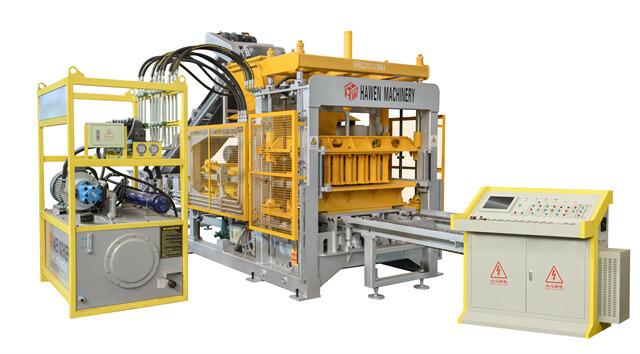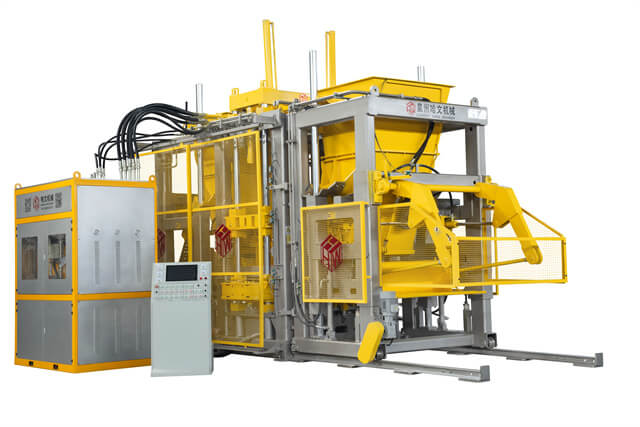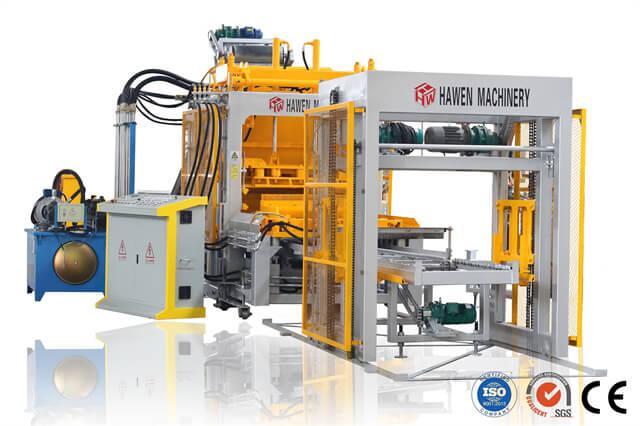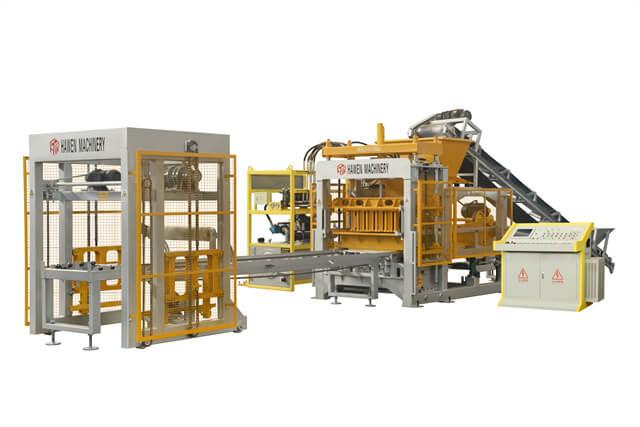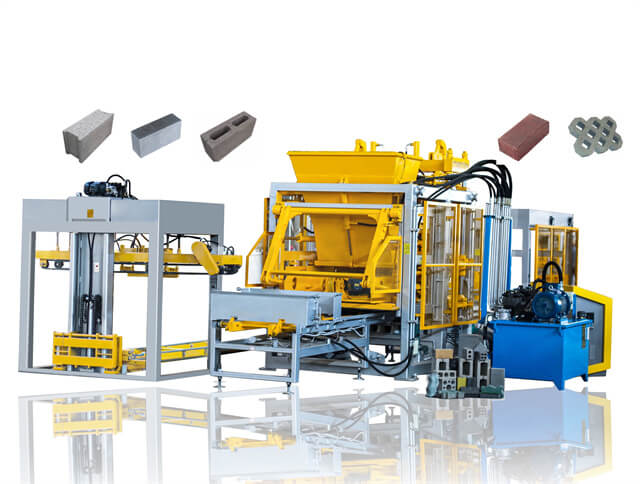Author:HAWEN Block MachineFROM:Brick Production Machine Manufacturer TIME:2024-04-17
The block machine making is an essential piece of equipment in the construction industry. It is used to produce concrete blocks, which are widely used in various construction projects. Having a good understanding of the block making machine and its operation is crucial for anyone working in the field of construction. This article aims to provide essential knowledge about block making machines.
There are several types of block making machines available in the market. The most common ones include manual block making machines, semi-automatic block making machines, and fully automatic block making machines. Manual machines require more labor and effort, while fully automatic machines are more efficient and require less human intervention.
A typical block making machine consists of several components, including a hopper, a mixing unit, a vibration system, a mold, and a conveyor belt. The hopper is used to store the raw materials, such as cement, sand, and aggregates. The mixing unit combines these materials with water to form a consistent mixture. The vibration system helps in compacting the mixture, and the mold shapes the mixture into blocks. The conveyor belt moves the blocks to a curing area.
The raw materials used in block making machines are cement, sand, aggregates (such as crushed stone or gravel), and water. The quality and proportions of these materials play a crucial role in determining the strength and durability of the blocks. It is important to follow the recommended ratios specified by the machine manufacturer and use high-quality materials.
The operation of a block making machine involves several steps. First, the raw materials are loaded into the hopper. The mixing unit then combines the materials with water to form a mixture. This mixture is poured into the mold, which is placed on the vibration system. The vibration helps in compacting the mixture and removing any air bubbles. After a specific duration, the blocks are removed from the mold and placed on the conveyor belt for curing.
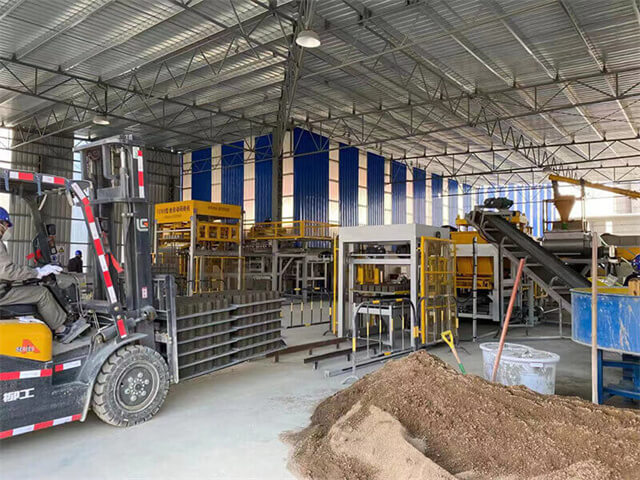
Regular maintenance of the block making machine is essential to ensure its smooth operation and longevity. This includes cleaning the machine, checking for any worn-out parts, and lubricating moving components. It is also important to follow safety precautions while operating the machine. Operators should wear protective gear, such as gloves and goggles, and be cautious of any moving parts.
To ensure the production of high-quality blocks, it is crucial to have a robust quality control system in place. This involves regularly testing the blocks for strength and durability. Various tests, such as compressive strength tests and water absorption tests, are conducted to evaluate the quality of the blocks. Any substandard blocks should be rejected and not used in construction projects.
The use of block making machines offers several advantages in the construction industry. It increases productivity by producing a large number of blocks quickly and efficiently. The blocks produced are uniform in size and shape, ensuring better construction quality. Additionally, using block making machines reduces labor costs and decreases the dependence on manual labor.
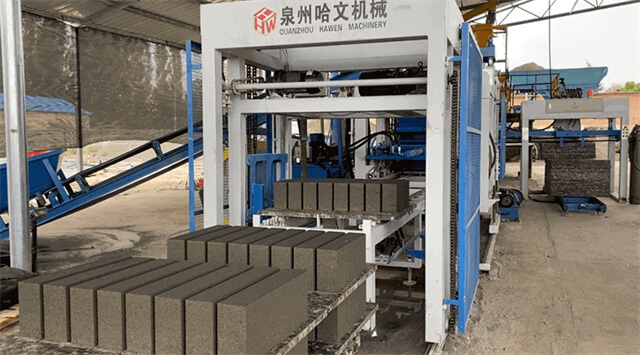
The block making machine industry is continuously evolving, and several trends are shaping its future. One such trend is the integration of advanced technologies, such as automation and robotics, to further increase efficiency and productivity. There is also a growing emphasis on sustainability, with the development of eco-friendly block making machines that utilize recycled materials.
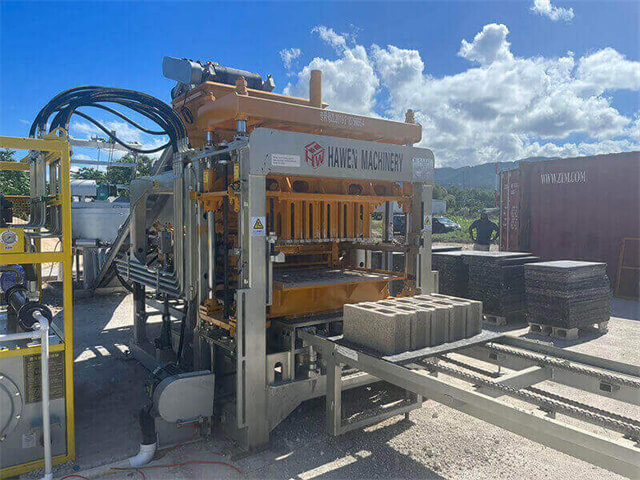
In conclusion, having essential knowledge about block making machines is essential for anyone involved in the construction industry. Understanding the different types of machines, their components, operation, maintenance, and quality control ensures the production of high-quality blocks. The advantages of using block making machines, such as increased productivity and better construction quality, make them an indispensable tool in modern construction. By keeping up with the latest trends in the industry, one can stay ahead and adapt to the changing needs of the market.
